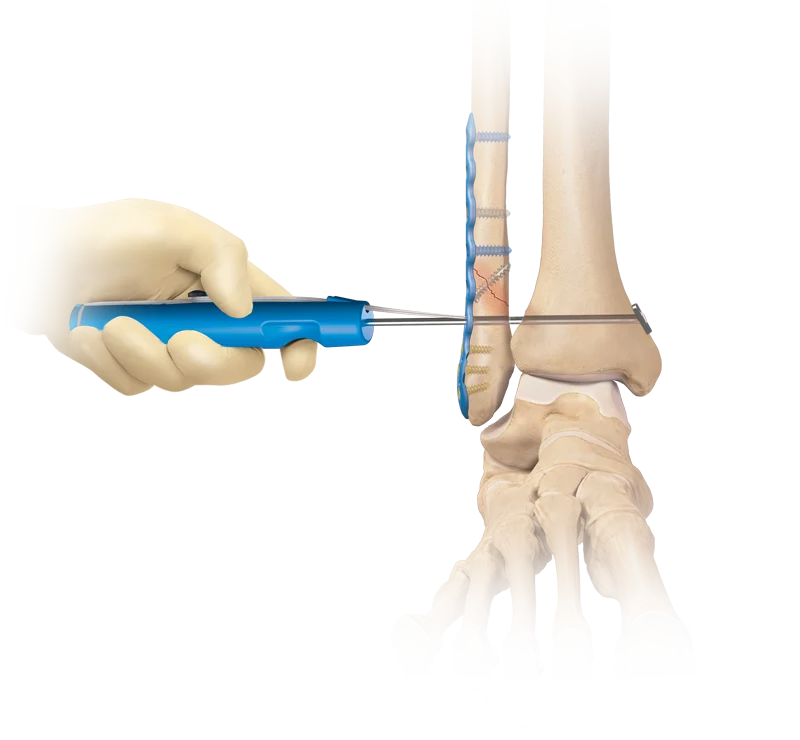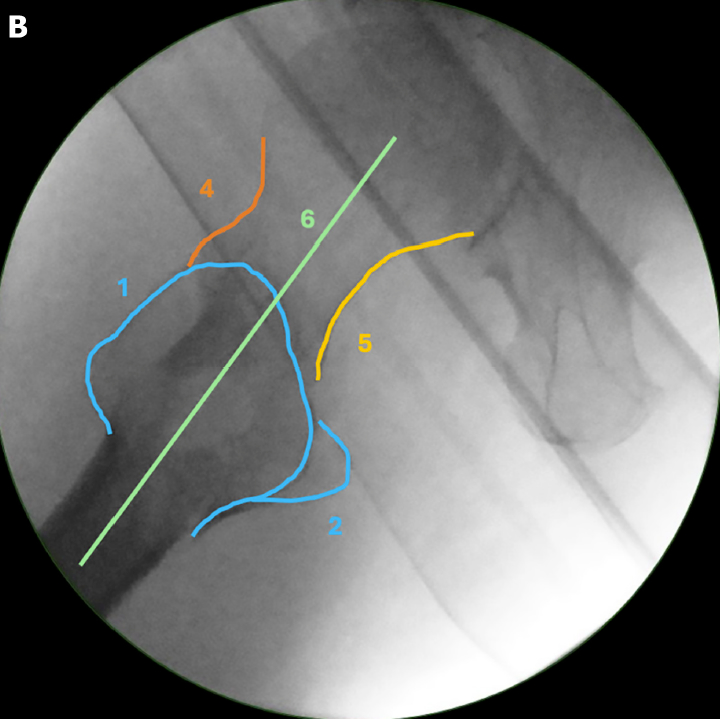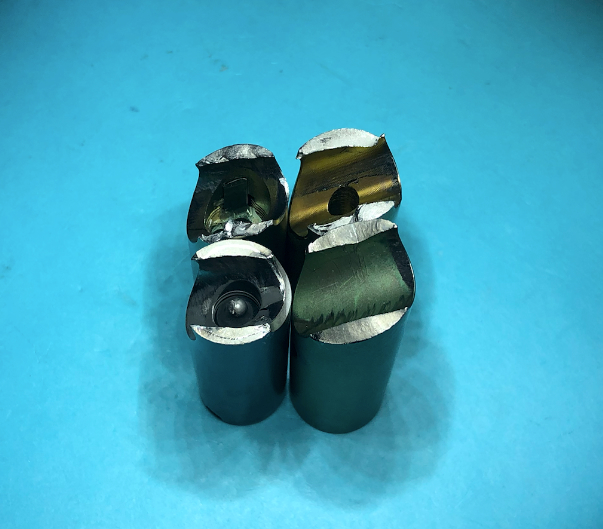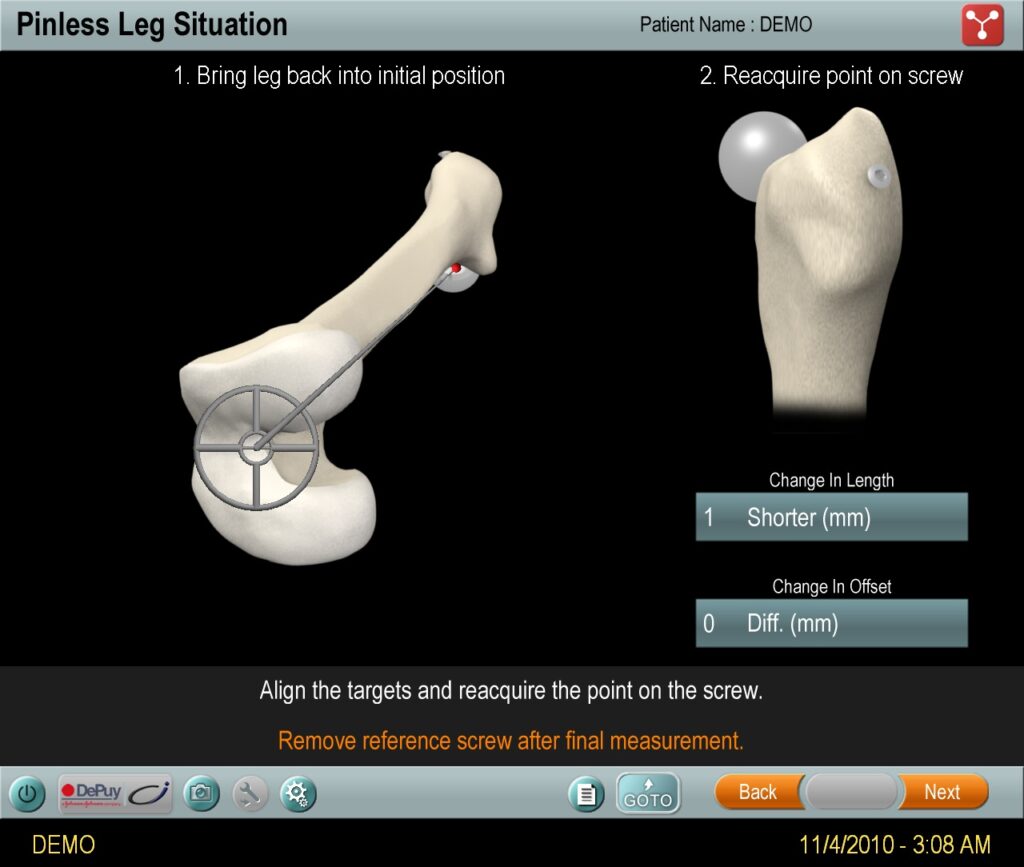The Australian Ankle Syndesmosis Survey
Authors: Sam Hookway, Anton Lambers, Richard Page, Harvinder Bedi
Site: Barwon Health, VIC
This study assessed current practices among Australian orthopaedic surgeons in managing ankle syndesmosis injuries, also known as a high ankle sprain. Particularly regarding surgical stabilisation methods as their management remains a subject of debate.
Traditionally, syndesmotic screws were the standard treatment, but the development of suture-button devices has provided an alternative. The study surveyed 125 orthopaedic surgeons, gathering data on their surgical experience, diagnostic methods, and treatment preferences. Results showed significant variation in how syndesmosis injuries are treated. The most common stabilisation method was two 3.5 mm screws (26.4%), followed closely by a single suture-button (23.2%). Interestingly, 44% of surgeons preferred dynamic stabilisation methods (like suture buttons), while 54.4% preferred static methods (like screws).
Surgeons’ choices seemed influenced by the patient’s age and activity level. Younger, more active patients were more likely to receive suture-button devices, while older, less active individuals often had screws. The survey also revealed that, when asked about their personal treatment preference, 33% of surgeons who typically use screws would opt for a suture-button for their own injuries. This suggests that surgeons may recognise suture-buttons’ advantages, such as a better range of motion and quicker recovery. Implant cost is also a consideration.
The study highlights a lack of consensus in managing syndesmosis injuries, with some surgeons favouring traditional screws, while others are increasingly opting for suture-buttons. The research indicates that Australian surgeons are more likely to use suture-buttons compared to their counterparts in other countries. However, further research is needed to definitively determine the most effective treatment approach.




